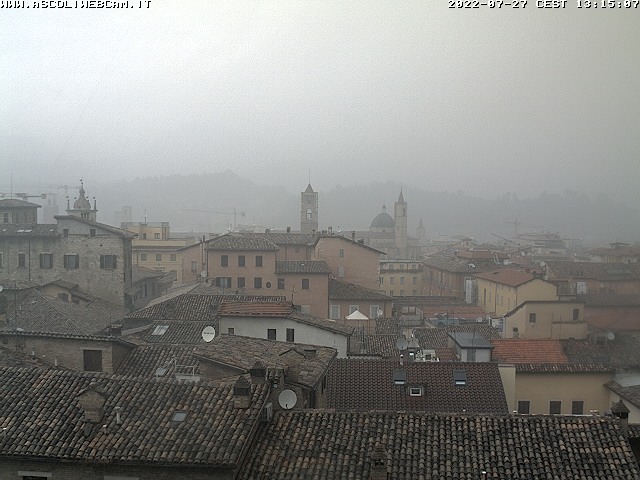
As well as possessing outstanding environmental interest, the Sibillini National Park stands out particularly because of its great anthropological value; this is evidenced by the historic appeal of the area throughout Europe, with its glorification of the archetypal female/mother figure investing the park with a rich symbolism.
There is plenty of evidence of the attention given to this area in the cultural circles of medieval Europe, which even inspired the continental literature of romantic chivalry (as portrayed in Guerrin Meschino, Tannhäuser and the writings of Antoine de La Sale); there are also the geographic and topographic references made by educated pilgrims on their way to Rome and the casket of the initiates of the Grail Orders.
Mount Sibyl, with its crown-shaped summit, its lake, its cave and its watershed location in Central Italy, would probably have been thought of as an omphalos, a generating centre, in the Picene-Sabine-Roman ages.
The division of the book into monothematic chapters facilitates a comprehensive examination of previously unexplored literary themes, the relationships between which are ultimately interwoven to produce a rich, complex tapestry: the proto-European value of the Sibylline myth; the parallels between history and legend; the psychoanalytic reading of the territory; the mythology of the waters; the archetypes of knowledge; the literary testimony; the pilgrim routes; the aggregating strength of the rite; the mysterious energies of the earth.
Starting from literary, anthropological, linguistic and archaeological clues we can draw the outline of a widespread treasure trove, comprising culture, religiousness, environment and art. The resulting map affords us a glimpse of the amazing background to the secrets of the ‘fatal’ mountain.
There is plenty of evidence of the attention given to this area in the cultural circles of medieval Europe, which even inspired the continental literature of romantic chivalry (as portrayed in Guerrin Meschino, Tannhäuser and the writings of Antoine de La Sale); there are also the geographic and topographic references made by educated pilgrims on their way to Rome and the casket of the initiates of the Grail Orders.
Mount Sibyl, with its crown-shaped summit, its lake, its cave and its watershed location in Central Italy, would probably have been thought of as an omphalos, a generating centre, in the Picene-Sabine-Roman ages.
The division of the book into monothematic chapters facilitates a comprehensive examination of previously unexplored literary themes, the relationships between which are ultimately interwoven to produce a rich, complex tapestry: the proto-European value of the Sibylline myth; the parallels between history and legend; the psychoanalytic reading of the territory; the mythology of the waters; the archetypes of knowledge; the literary testimony; the pilgrim routes; the aggregating strength of the rite; the mysterious energies of the earth.
Starting from literary, anthropological, linguistic and archaeological clues we can draw the outline of a widespread treasure trove, comprising culture, religiousness, environment and art. The resulting map affords us a glimpse of the amazing background to the secrets of the ‘fatal’ mountain.









Nessun commento:
Posta un commento